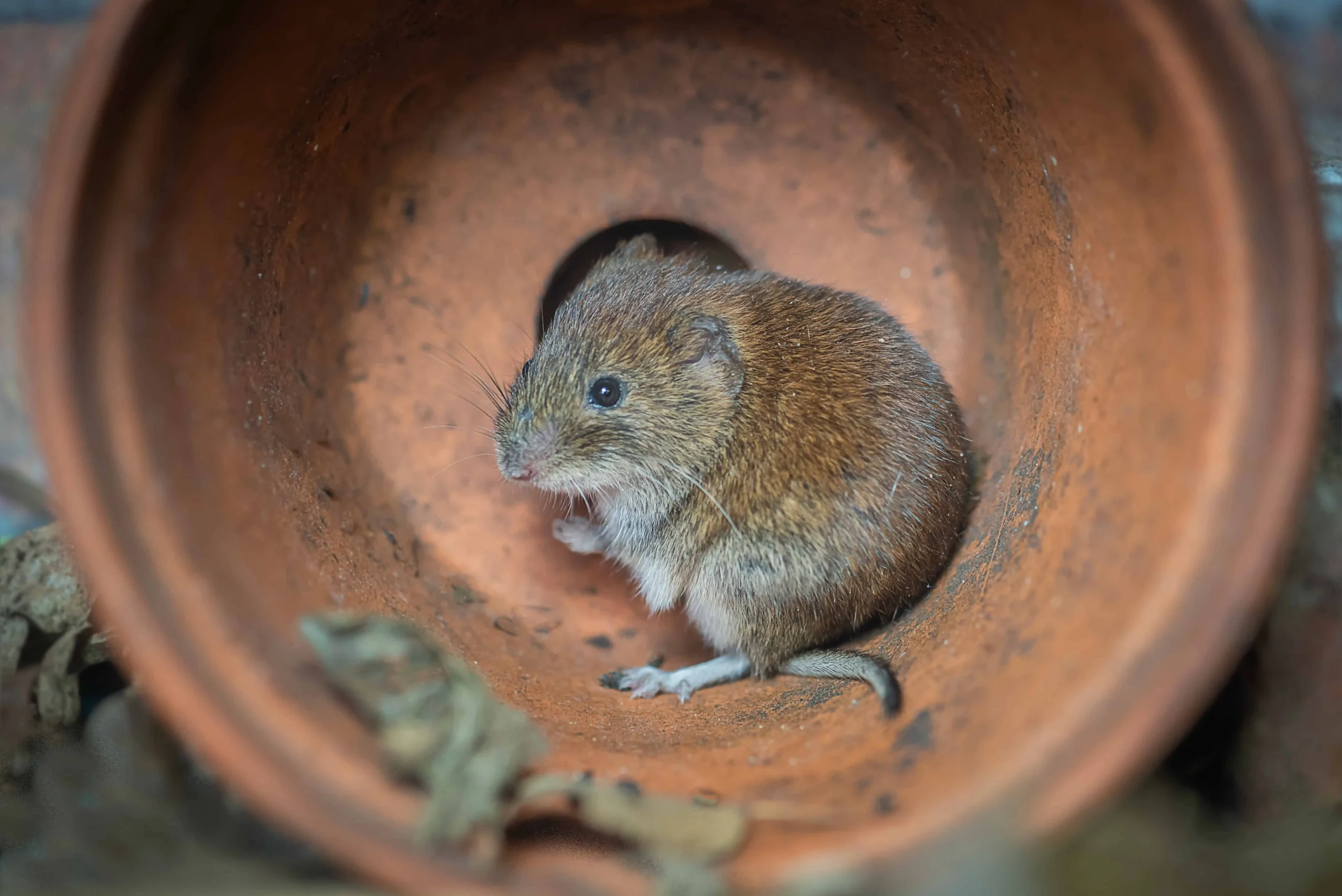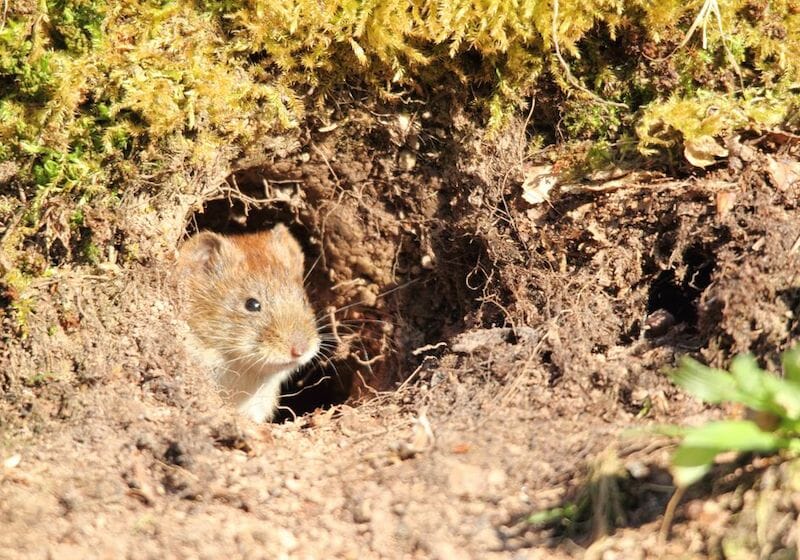Safeguard Your Yard: Effective Vole Control Techniques
Safeguard Your Yard: Effective Vole Control Techniques
Blog Article
Comprehensive Guide to Reliable Vole Parasite Control: Invasion Identification and Therapy Techniques
In the realm of reliable bug control, vole infestations pose an one-of-a-kind difficulty that demands a calculated method. These small rats, typically mistaken for computer mice, can ruin gardens, lawns, and plants if left unattended. Identifying the signs of vole presence and executing targeted treatment techniques are important components of a successful pest monitoring plan. By checking out the nuances of vole habits, understanding vital signs of infestation, and evaluating a series of control choices, one can create a comprehensive strategy to deal with these elusive pests.
Comprehending Vole Actions
Vole actions is characterized by their tunneling practices and fast recreation prices, making them a tough pest to control properly. Their quick reproductive price further complicates control initiatives, with females qualified of creating numerous litters in a single year, each including several children.
Voles are most active during the early morning and night hours, investing most of their time foraging for food. Their delving routines not only interrupt yards and grass yet additionally make them testing to detect and get rid of. Recognizing vole habits is important for effective parasite control methods. By identifying their burrow areas, monitoring feeding locations, and implementing targeted control methods, such as trapping or environment alteration, vole problems can be handled efficiently.
Indicators of Vole Problem

Avoidance Techniques
Implementing efficient avoidance techniques is crucial in lessening vole invasions and safeguarding greenery from their damaging feeding practices (vole lawn damage). To stop vole infestations, it is important to start by eliminating potential food sources and shelter. Keep lawn and plant life cut short, remove weeds and debris, and maintain a neat yard or grass to make the location this page much less eye-catching to voles. Installing barriers such as hardware cloth or underground fencing can also help discourage voles from going into particular areas. Furthermore, minimizing excess dampness by dealing with leaky pipes and ensuring proper drain can make the environment less hospitable for voles.
Frequently evaluating the residential property for indicators of vole task, such as runways and delve openings, is essential for early discovery and timely action. If vole task is presumed, consider making use of repellents or catches purposefully positioned near their pathways. Using natural predators like owls or serpents can also aid keep vole populations in check. By executing a combination of these prevention techniques, garden enthusiasts and homeowners can effectively protect their plant life from vole damage.
Non-Lethal Control Techniques
To successfully handle vole populaces while prioritizing humane methods, non-lethal control approaches supply sensible options for minimizing vole damage in landscapes and yards. These obstacles can be hidden at least 12 inches deep and bent at a 90-degree angle to prevent voles from delving below.

Lethal Control Options
One reliable technique for resolving vole problems in landscapes and gardens involves the strategic use of lethal control options. When faced with a severe vole problem that non-lethal approaches have actually failed to have, implementing lethal control steps ends up being crucial. In general, when employing lethal control choices, it is vital to do so properly and in conformity with local regulations to effectively handle vole infestations.
Verdict
Finally, reliable vole bug control requires a thorough understanding of vole behavior, recognition of signs of problem, implementation of avoidance techniques, and application of both deadly and non-lethal control approaches. By integrating these approaches, individuals can effectively handle vole populations and shield their residential property from damages. It is necessary to resolve vole infestations immediately to stop additional concerns and minimize the influence on the surrounding setting.
Given the complex tunnel systems and quick reproduction rates particular of voles, acknowledging the indicators of vole invasion ends up being vital in reliable insect control. One of the key signs of vole existence is the presence of surface area runways or routes in lawn or snow, normally concerning 1-2 inches wide, created as voles travel between their burrows and food sources.To successfully take care of vole populaces while focusing on gentle approaches, non-lethal control strategies offer useful services for minimizing vole damages in landscapes and yards.One efficient technique for resolving vole problems in yards and landscapes entails the critical usage of lethal control options. vole control.In conclusion, effective vole insect control needs a thorough understanding of vole habits, identification of signs of infestation, implementation of avoidance approaches, and additional reading use of both non-lethal and dangerous control techniques
Report this page